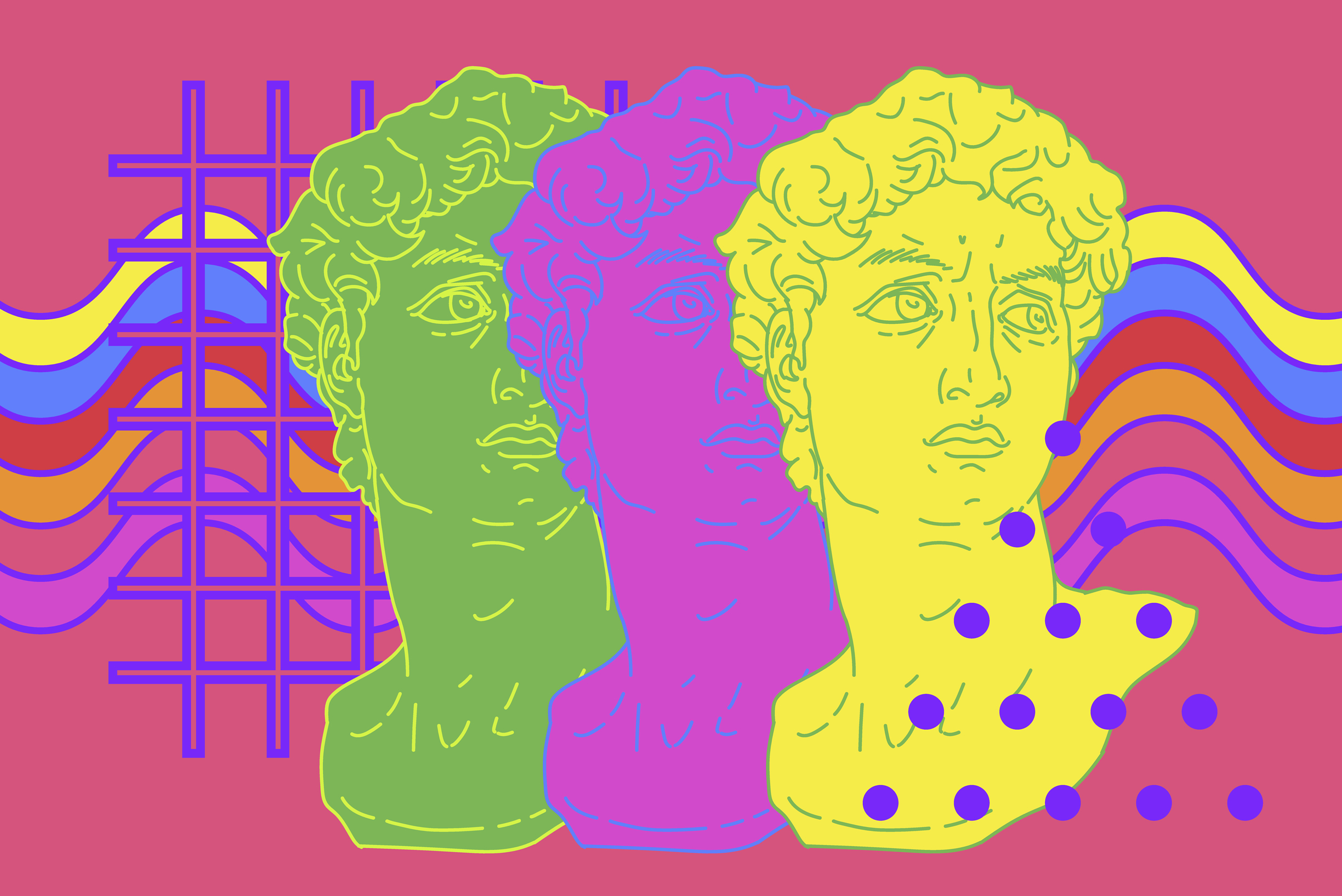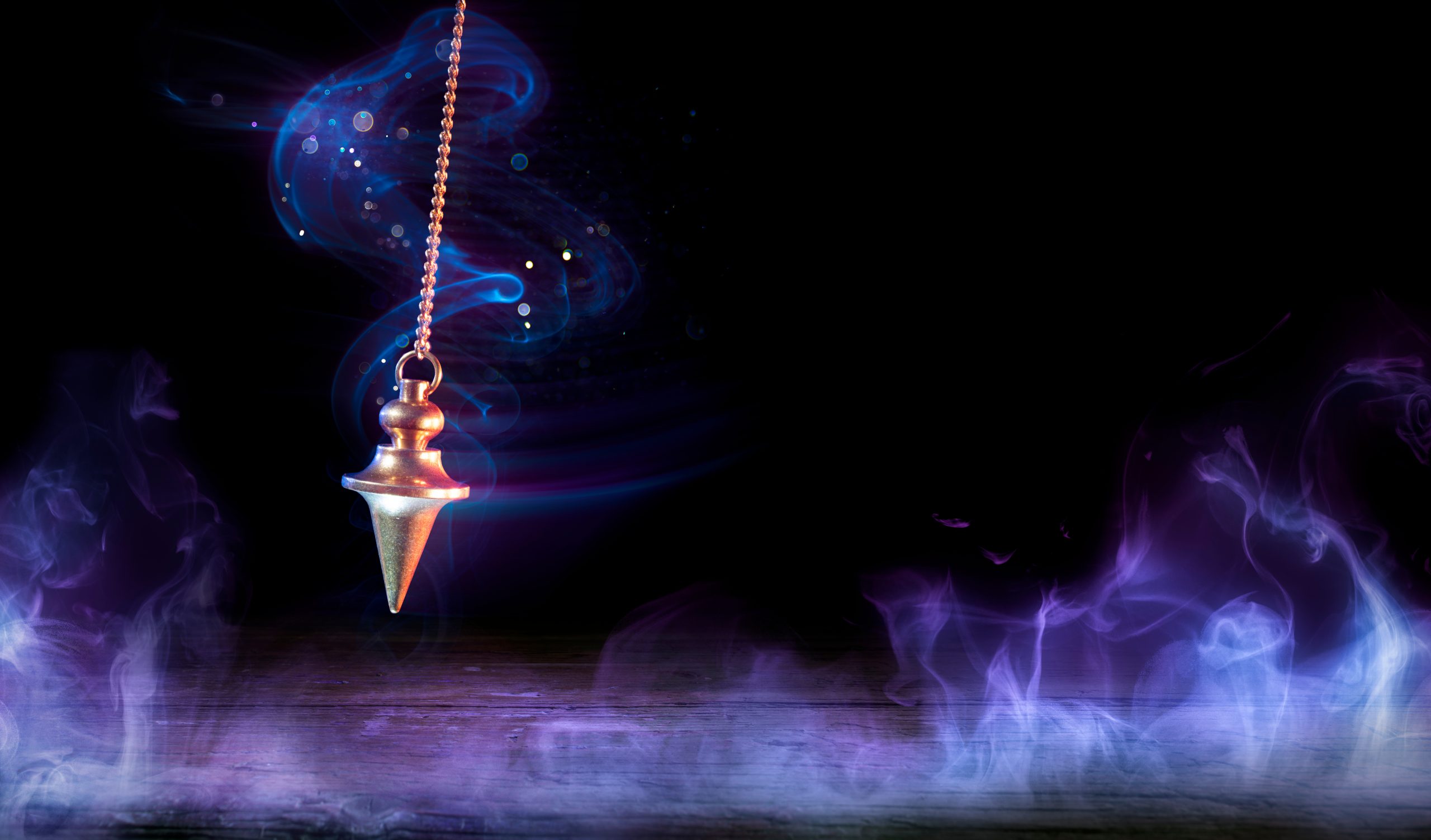
in this article
- Introduction
- The Arc and Phases
- 6 phases for LSD - Bonny and Pahnke
- Three Phases: Come Up, Peak, Come Down
- Silence
- The Pendulum Effect
- Conclusion
Are you 18 or older?
Please confirm that your are 18 years of age or older.
You are not allowed to access the page.

Disclaimer: The views and opinions expressed in this article are those of the authors and do not necessarily reflect the official policy or position of the Chemical Collective or any associated parties.
Music can completely change a psychedelic experience. It guides and shapes an experience in such a way that it can be the difference between an underwhelming trip, and something truly profound, even life-changing!
In psychedelic sessions, there is music performed live in some psychedelic ceremonies. In others, there is recorded music that is played throughout. It is in this second category of recorded music that we come to the world of psychedelic playlists.
When using playlists, we have, broadly speaking, two choices. The first is to find one that has already been created by someone else. The second option is to create your own.
Pre-made playlists are very convenient, but creating your own allows a level of personalization and further refinement of an intended experience.
In this article, I will explain how to create your own playlists. I’ll share how you can match music to the phases of a psychedelic experience, a tactic employed by researchers who have used them in clinical trials. I will also explore the role of silence in sessions, and how to make the process of creating playlists quicker and easier.
This will be the first of several posts on the use of music during psychedelic sessions. My intention is to help you to set the stage for positive and beneficial psychedelic experiences.
Let’s dive in.

Before beginning to build a playlist for a session the first thing to know is the arc of a psychedelic experience. That is, the different phases of an experience, such as: ‘the come up’, ‘the peak’, and ‘the comedown’.
Understanding the different sections of an experience can help you to make the best musical choices for each section, supporting the trajectory of the experience.
There are various ways of categorizing the different sections.

In The Use of Music in Psychedelic (LSD) Psychotherapy, Helen Bonny and Walter Pahnke outlined 6 phases for an LSD trip.
These were:
In my experience, the peak comes on a bit sooner than this, more like in the one – two hour range, but this gives you an idea.
For psilocybin, I’d put the timings are shorter:
As a general rule of thumb, calming music is to be played mainly during the onset, ascent, and return phases and more emotive music was deemed as better reserved for late in the building towards the peak phase and during the peak phase:
Music with strong evocative emotional sentiments was only played during peak, on the assumption that an important pre-requisite is for the individual to first feel calm and safe and that more evocative music would enable an activation of autobiographical and therapeutically significant when played at peak.
– Bonny and Pahnke – referenced in The hidden therapist

When it comes to planning a playlist for a session, the simplest way of breaking it down is into 3 sections following ingestion of a substance.
For example, with psilocybin:
Following these basic phases, musical choices would be:
As before, this is designed to promote feelings of calm and relaxation at the beginning of the trip, and to establish a sense of safety to launch from. The emotive music intensifies emotions at the peak. Finally, calming music returns once more to smooth the return to normality.

When building a playlist, we can start by boiling the session down into three phases for overall simplicity. This helps us to get started and build the high-level trajectory. We can then add nuance by employing other techniques to enhance the overall flow of an experience.
Silence can be used strategically throughout. Seconds or minutes of silence in the middle of a playlist can offer a needed pause. The absence of music can lower the intensity and offer a moment of peace. It can give a sense of space, and act as a reminder to reconnect with the breath and body.
I see them almost as ‘pit stops’ on the way.
The therapeutic impact of the absence of music is significant; the choice not to play music can serve as a potent intervention. Silence, in this context, is more than just an absence of sound—it can act as a pause in stimulation, influencing the subjective experience. Moreover, silence sets the stage for a desensitizing contrast when music resumes, enhancing the freshness of the new musical experiences.
In some cases, in a private or one-to-one session, silence may even be used for extended periods of the session, up to 30 minutes, or even hours. This may be just what the individual needs and wishes for. These intervals of quietness may also create an opportunity for meaningful interaction between the facilitator or tripsitter and the experiencer.
When incorporating silent intervals into your sessions, it’s crucial to inform all participants beforehand about the planned periods of silence. This pre-session briefing is essential to prevent potential confusion, as silence may otherwise be interpreted as something being amiss or a technical glitch.
It’s also important to note that, as with music, not everyone responds to silence in the same way. I’ve known a couple of people who found that it didn’t help or have the intended effect. In those cases, it dropped them out of the trip or reduced their overall experience in a way that they didn’t much care for.
An alternate method to silence, that may also be used with silence is the use of bells and gongs in a playlist. These may also be used as a reminder to return to the breath and to recentre, or to recall an intention or inner resource to mind.

I first learned the ‘pendulum effect’ from psychedelic musicologist and Wavepaths founder Mendel Kaelen. They were utilized in his playlists for the groundbreaking psychedelic studies on treatment-resistant depression.
The logic of the pendulum effect is that music will move between different levels of intensity within the peak phase of a psychedelic experience.
So for example, the peak of a psilocybin experience lasts approximately two hours. Using the pendulum effect, music will not be at high intensity, or highly emotive, for the full two-hour period of this phase. Rather, music will go between some high-intensity and lower-intensity music in this period.
The high-intensity tracks may help to bring about deeper emotions, and autobiographical content, which can provide the necessary material and experience for catharsis.
The lower-intensity tracks, which might be calmer or a little more mellow, can offer respite from the intense emotional work that is being carried by the more emotional music. They can act similarly to silence and offer somewhat of a break.
I once heard someone use the analogy of burning coals to describe this process. They stated that after a significant release or an energetic series of songs, the downshift in intensity can be particularly useful. The intense tracks are like blowing on a fire to make it hot and get the flames roaring, and then silence or calmer tracks serve as a time for the embers to burn slowly.
If you’ve ever tried making a psychedelic playlist from scratch, you will know that it takes a lot of time.
There is, however, a way to have the customized aspect of a self-created playlist with the convenience of a pre-made playlist. This is to use a pre-made playlist as a template.
Most pre-made playlists will follow the phases of a psychedelic trip so the basic structure is already in place.
You can then swap out tracks with your personal choices as you see fit. So if you would really like to include just a few specific pieces of music in your playlist, you needn’t build a whole playlist from scratch. You can start with a pre-made playlist and then simply swap your choices into the sections of the playlist where you think they will best fit. You can put them in the place of tracks that have a similar intensity so that the overall flow of the playlist will remain intact.
Conversely, if you find a playlist that looks good overall but has one or two tracks that you would rather not listen to during your session, you can swap them out for your own choices.
If you want to find tracks of a similar vibe you can do this by using the ‘suggested tracks’ feature on a playlist on music platforms such as Spotify. The algorithm will look at a playlist and offer suggestions for similar tracks based on the music it contains.

Crafting the ideal playlist for a psychedelic experience is an art that hinges on understanding the nuances of the experience. Whether live or recorded, music plays a pivotal role in shaping the trip. When creating playlists, it’s important to bear in mind the three key phases: Come Up, Peak, and Come Down, and to accompany each with specific musical choices.
Silence, strategically integrated, emerges as a powerful tool, offering breaks, reducing intensity, and creating space for reconnection. Alternative approaches, like bells and the Pendulum Effect, provide additional layers to the experience. If you’re seeking efficiency, the template approach allows personalization within a pre-made structure.
When creating your playlists, it’s important to remember that it can be a process of refinement over time.
I would recommend that you don’t over-obsess over having the ‘perfect’ playlist the first time.
Allow yourself to try musical choices, learn from experience what works well and what doesn’t, and use those to inform and adjust musical choices going forward.
It’s also important to consider the individual’s musical preferences in terms of genre and instrumentation. This is something I’ll explore in the next blog post, so be sure to check back soon.
Stay safe, journey well.
John Robertson | Community Blogger at Chemical Collective | mapsofthemind.com
John is one of our community bloggers here at Chemical Collective. If you’re interested in joining our blogging team and getting paid to write about subjects you’re passionate about, please reach out to David via email at blog@chemical-collective.com

Welcome to Chemical Collective.
Create an account to earn 200 welcome points.
Already have an account? Sign in


Check out our Community Blog and get involved with the conversation. You will be awarded 50 x ChemCoins for each comment up to a limit of 250 total ChemCoins.


Have you purchased any of our products? Reviews and reports are so important to the community. Share your honest opinion, and we’ll reward you with 50 ChemCoins for each review!


Every time you complete an order with us, you’ll be awarded ChemCoins for each Euro spent.
Welcome to Chemical Collective.
Create an account to earn 200 welcome points.
Already have an account? Sign in

Earn commission every time someone makes a purchase through your link.
When you become an affiliate, you will be allocated a unique link to share with your friends, followers, subscribers, or Aunt Susan.
You can choose to payout the commission earned once per month, or save it up to receive on a rainy day! Commission earned is 5% of the total order value per referral.
Contact us to join the Chemical Collective family and become an affiliate.
share your toughts
Join the Conversation.
In my opinion ambient is the best. Music called “psychedelic” (psytrance, psychedelic rock) is to much rollercoaster for me 😮
During a recent trip I listened to a combination of the Grateful Dead, Sturgill Simpson, and Johann Sebastian Bach. It was amazing!